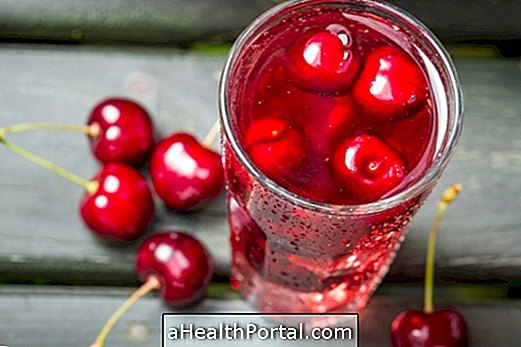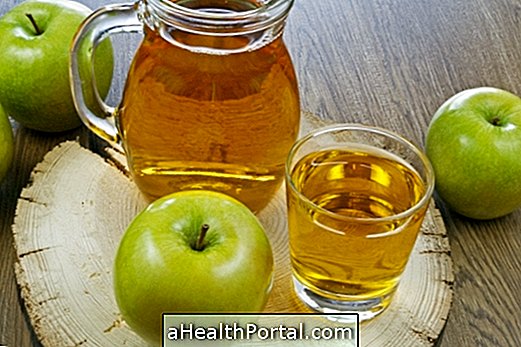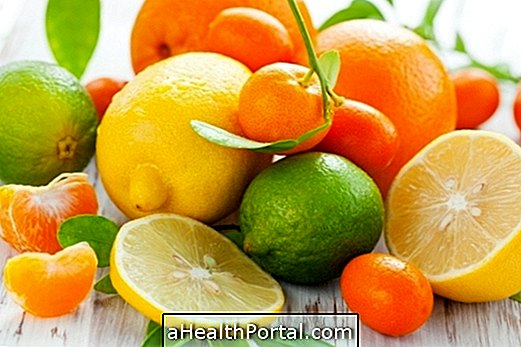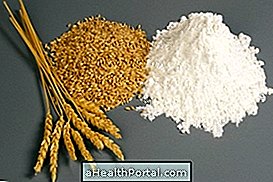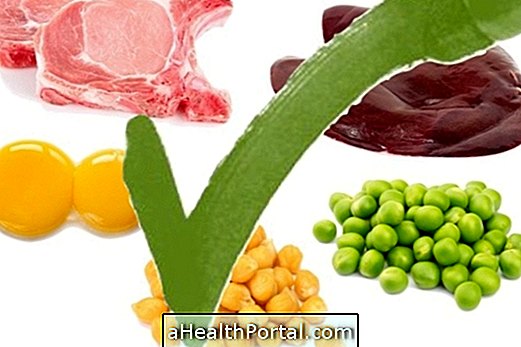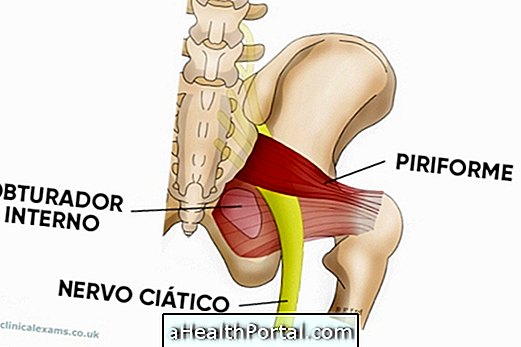Omega 3 and 6 are good types of fats present in fish like salmon, sardines or tuna and nuts such as walnuts, almonds or cashews, for example. They are very important for improving the immune system, lowering cholesterol and triglycerides, and increasing learning and memory capacity.
Omega-9s are not essential because they are produced by the body, but the good relationship between these three types of fat ensures that the body stays healthy, preventing diseases such as cancer, Alzheimer's or depression, for example.
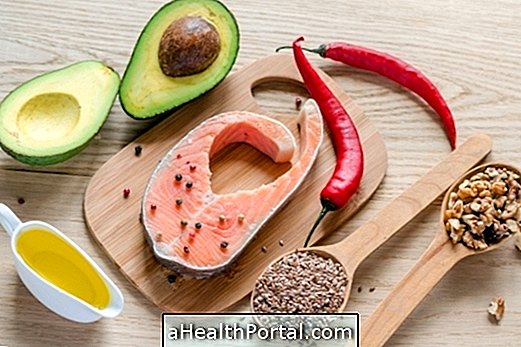
Thus, to maintain adequate levels of omega 3, 6 and 9 and its health benefits, supplementation may be a good option, especially for those who do not eat fish at least twice a week or in the case of vegetarians.
Benefits of omegas
Making a diet rich in omega 3, 6 and 9 ensures a good development of the brain, central nervous system and even maintaining eye health, as well as improving vessel flexibility to prevent stroke. Specifically, each type of omega has the following benefits:
- Ômegas 3: found especially in cold-water fish such as salmon, identified as fatty acids EPA, ALA and DHA, has mainly anti-inflammatory function and so help to relieve joint pain, further prevent the fat present in the blood from hardening and cause a heart attack or stroke. A diet rich in omega 3 can also treat and even prevent depression.
- Ômegas 6: identified with the abbreviations AL and AA, are present in vegetable fats like nuts or peanuts. They are very important in lowering blood pressure and cholesterol, helping to raise good cholesterol, which is HDL. Besides all this, it also improves immunity.
- Omega 9 - present in foods like olive oil or almonds, this fat is important for regulating body temperature, producing sex hormones such as estrogen and progesterone, and contribute to increased absorption of vitamins A, D, E and K on body. It is a type of fat produced in the body from the intake of omega 3 and omega 6.
Although they are fats from different sources, and with specific functions, it is the good relationship between them that guarantees their role in improving health.
Foods rich in omega 3, 6 and 9
To increase the amount of these nutrients in organisms, in addition to supplementation, ingesting more source foods of omega 3, 6 and 9, is critical. Find out which foods are rich in each type of omelets in the table below:
| Omega 3 | Omega 6 | Omega 9 |
| Trout | Cashew nut | Sunflower seeds |
| Mussels | Grape seed | Hazelnut |
| Sardine | Peanut | Macadamia |
| Flax seeds | Poppy oil | Soy oil |
| Cod liver oil | Corn oil | Olive oil |
| Walnuts | Walnuts | Avocado oil |
| Chia seeds | Cotton Oil | Almond |
| Salmon oil | Soy oil | Walnuts |
| Herring | Sunflower oil | Mustard oil |
| Tuna fish | Sunflower seeds | Avocado |
| White fish | Hazelnut |
When consumption of foods rich in omega 6 is much higher than what is recommended, it can lead to an increased risk of diabetes and cardiovascular disease, and it is advised to ingest more omega 3 to balance. See more foods rich in omega 3.
When to take supplement
Supplements containing omega 3's, 6's and 9's can be taken by anyone, however, the dosage of each omega depends on your nutritional needs or needs, the type of food you make or even the type of illness in question.
Some of the major adverse effects of omega 3, 6 and 9 consumption may be due to taking more than the recommended daily dose and may include headache, abdominal pain, nausea, diarrhea, and increased inflammatory processes. In addition, these supplements may have an unpleasant taste in fish, can cause bad breath, poor digestion, nausea, loose stools and rash.
